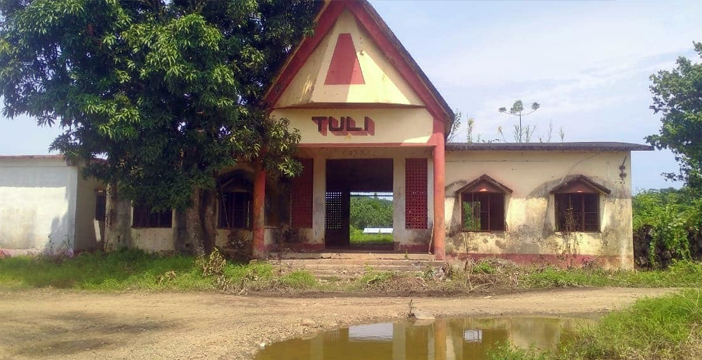Nagaland first amongst North Eastern states to release District Domestic Product (DDP) report
Nagaland has become the first among the North Eastern states to release a report on the District Domestic Product (DDP). The report, released during a state-level workshop at the Capital Convention Centre in Kohima on Friday, reveals significant economic insights across the districts of Nagaland.

Advisor H Sethrongkyu Sangtam, during the event organized by the Directorate of Economics & Statistics, highlighted the report’s role in addressing inter-district economic disparities and fostering balanced regional development.
According to the DDP report for 2019-20, Dimapur district emerges as the economic powerhouse of Nagaland, boasting the highest Gross District Domestic Product (GDDP) valued at Rs 5,436.11 crore. In contrast, Longleng district has the smallest economy with a GDDP of Rs. 62,112 lakh.
The report also indicates that Dimapur district has the highest per capita income at Rs 1,54,002, while Mon district records the lowest per capita income among the districts at Rs 77,738.
Advisor Sangtam urged officers and staff to work diligently towards achieving greater economic prosperity and social inclusivity for the people of Nagaland.
Nagaland’s GSDP Reaches Rs 39,566 Crore with 7.73% Growth Rate
Speaking as the Guest of Honour, Advisor for Economics & Statistics and IT & C, H Sethrongkyu Sangtam stated that Gross State Domestic Product (GSDP) was the most important indicator to know the level of development achieved by economy. He informed that the GSDP of Nagaland at present was estimated to be Rs 39,566 crore with a growth rate of 7.73%.
Highlighting the importance of GSDP, Sangtam explained that this economic indicator is pivotal for the Ministry of Finance in the devolution of funds to states. According to the Finance Commission’s recommendations, state governments are permitted to borrow up to 3% of their estimated GSDP from financial institutions. The forthcoming 16th Finance Commission will also rely on these estimates to determine the principles for granting aid to the states.
Sangtam underscored that for states to secure grants, urban local bodies must ensure their revenue collection aligns with the average growth rate of the state’s own GSDP at current prices. He stressed the necessity of having reliable socio-economic data to achieve the Prime Minister’s vision of Viksit Bharat (Developed India).
Chief Secretary Dr J Alam, IAS, acknowledged the significant improvement in the quality of data being published by the department and commended their efforts. He emphasized the negative impact of data when it is understated or overstated due to inaccurate figures, which can lead to grievances when data is not properly projected.
Alam highlighted the issue of regional disparity and mentioned that the DDP will help dispel incorrect perceptions about the state. He requested that the Additional Heads of Departments (AHoDs) and Heads of Departments (HoDs) maintain a strong interface with the Statistics Department, ensuring that the data they supply is as accurate and promptly provided as possible.
Dr Prafulla Chandra Mishra, ISS, Additional Director & Head of the National Accounts Division, Ministry of Statistics & Programme Implementation, emphasized the significance of the Gross State Domestic Product (GSDP) and the Gross Domestic Product (GDP) as vital economic indicators. Mishra described GSDP as the pulse monitor of a state’s economy, essential for fund allocation to states and measuring economic performance. He noted that the District Domestic Product (DDP) report is crucial for achieving goals in aspirational districts and fostering local development. He also underscored the importance of comparative performance analysis among states.
Mishra congratulated the Department for setting a benchmark with the release of the DDP report.
Commissioner & Secretary for Economics & Statistics, IT & C, P Mohammad Ali Shihab A, IAS, addressed the gathering, stressing the need for accurate and high-quality data for informed policy-making and development planning. He urged officials from various departments to provide full access to their data. Shihab highlighted that the DDP underscores the importance of micro-level data and suggested that Nagaland could serve as a model for other states.
The workshop aimed to deepen the understanding of GSDP and DDP among stakeholders, promoting a robust user-producer interface. Shihab pointed out that the introduction of the DDP is a significant step towards understanding district-level economic dynamics and addressing regional disparities.



